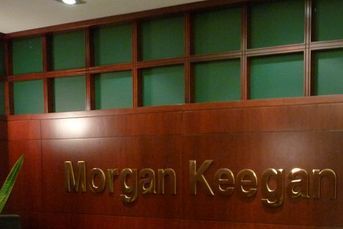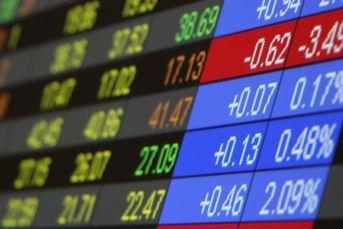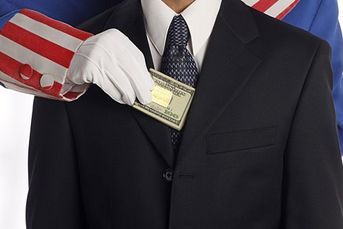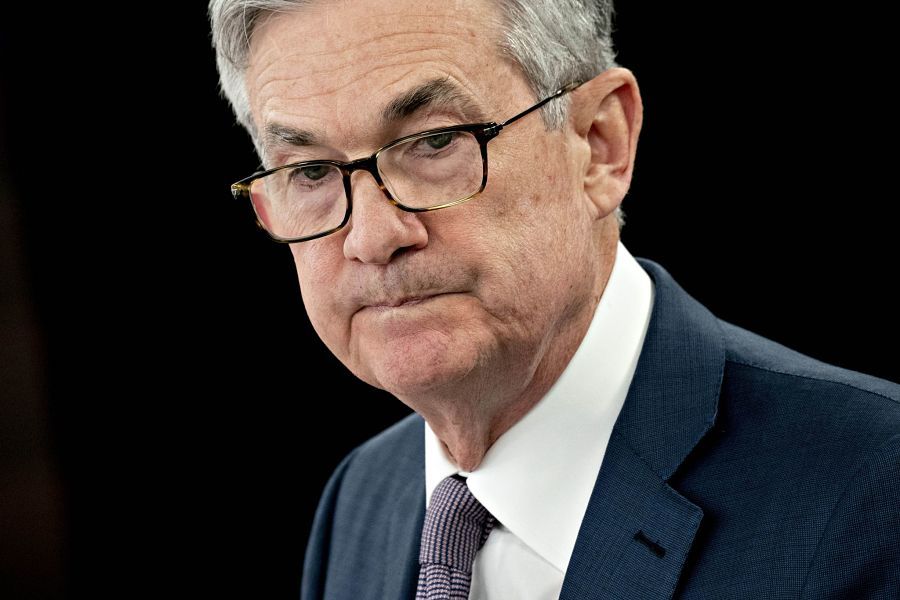Treasury yields evoke Eisenhower era as economic growth slows
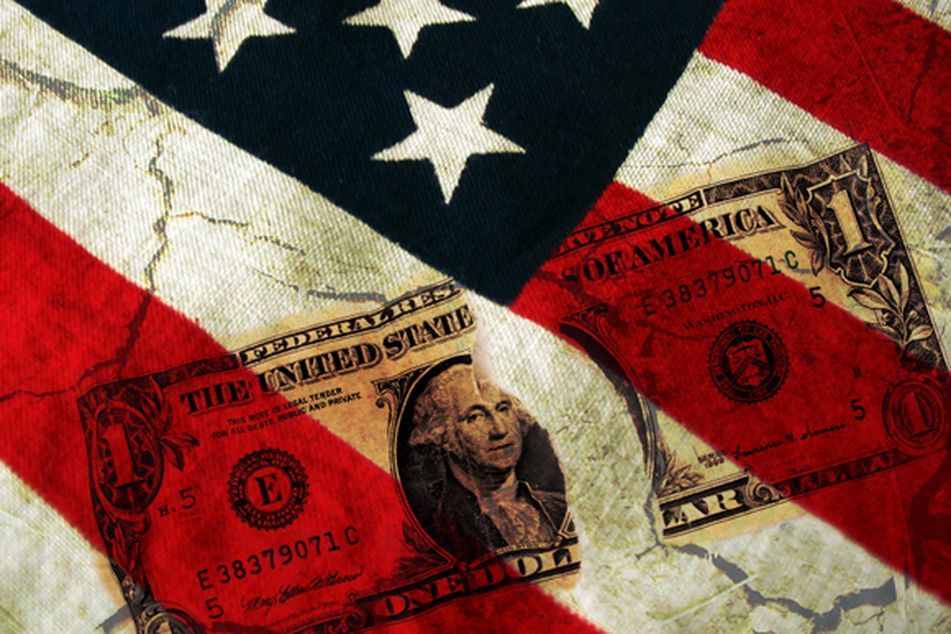
Treasury bond yields are plunging to levels seen in the 1950s as concern a two-year recovery in the world's largest economy is stalling causes investors to flee stock and debt markets.
Treasury bond yields are plunging to levels seen in the 1950s as concern a two-year recovery in the world’s largest economy is stalling causes investors to flee stock and debt markets.
Yields on benchmark 10-year U.S. notes are about 4.3 percentage points below the average over the past 49 years and almost where they were when President Dwight D. Eisenhower began his administration in 1953. The yield, which dropped to as low as 2.46 percent today in New York, reached a record low of 2.04 percent in December 2008 during the global financial crisis.
Investors are piling into Treasuries after the European Central Bank resumed bond purchases and made more cash available to banks to keep the region’s debt crisis from spreading and the Japanese and Swiss central banks sought to protect their economies against declines in the dollar and euro. The Standard & Poor’s 500 Index has dropped to the lowest level in nine months and markets world have tumbled since a July 29 report showing gross domestic product climbed less than an earlier estimate in the second quarter renewed speculation the Federal Reserve will have to resort to additional stimulus measures to prevent another recession.
“There’s this fear of stall speed,” said Mohamed El- Erian, chief executive and co-chief investment officer at the world’s biggest manager of bond funds, said in an interview on Bloomberg Television yesterday. “If a plane’s not going fast enough, it ends up by coming down.”
Yields on 10-year notes dropped 15 basis points, or 0.15 percentage point, to 2.47 percent at 2:16 p.m. in New York, according to Bloomberg Bond Trader prices. The 3.125 percent securities maturing in May 2021 rose 1 10/32, or $13.13 per $1,000 face amount, to 105 20/32.
Bill Auction
Two-year note yields fell five basis points to 0.28 percent, after touching a record low 0.2645 percent. The yields on 10-year notes fell to within 2.19 percentage points of two- year securities, the narrowest since November.
Rates on one-month bills traded at negative 0.005 percent and the Treasury sold $20 billion of 10-day cash management bills at zero percent as investors were willing to lend the government money for free in exchange for the promise of getting back their principal.
“It’s signaling a flight to safety,” said Ethan Harris, head of developed-markets economic research at Bank of America Merrill Lynch in New York, on Bloomberg Television’s “Surveillance Midday” with Tom Keene. “Even with the Treasury market as a weakened safe-haven market, it still gets the safe haven money.”
The S&P 500 fell 3.5 percent, dropping more than 10 percent drop from its April 29 peak. The MSCI All-Country World Index slid 2.9 percent. Oil plunged 3.8 percent to $88.44 a barrel as all 24 commodities tracked by the S&P GSCI Index declined. Gold futures retreated from a record.
Recession Odds
“It’s a general fear environment,” George Strickland, a managing director at Santa Fe, New Mexico-based Thornburg Investment Management Inc., which oversees about $84 billion, said in a phone interview.
The U.S. faces a 50 percent chance of a return to recession, said Martin Feldstein, a Harvard University professor and a member of the Business Cycle Dating Committee of the National Bureau of Economic Research, said Aug. 2 on Bloomberg Television.
The 10-year yield remained below 3 percent from the third quarter of 1953 through the second quarter of 1956, and dipped below that level again in 1958 as Eisenhower grappled with an economy that fell into a 10-month recession in 1953, an eight- month contraction in 1957 and another 10-month slowdown in 1960.
Bond yields began a 20-year climb after the end of the last Eisenhower recession in 1961, reaching a peak at 15.8 percent in 1981 as Fed Chairman Paul Volcker raised the central bank’s target rate for overnight loans between banks to 20 percent to contain surging inflation.
Economic Slowdown
Signs of an economic slowdown have emerged as the federal government begins moving to rein in deficits. President Barack Obama signed legislation on Aug. 2 that threatens automatic spending cuts to enforce $2.4 trillion in spending reductions over the next 10 years. The compromise defers decisions on the nation’s finances to a bipartisan panel of lawmakers and may reduce government deficits only modestly while slowing economic growth.
“If there’s a 50-50 chance of recession risk, then you have to think there’s a 50-50 risk of deflation, then yields should be even lower than today,” said Chris Low, chief economist at FTN Financial in New York.
Payrolls climbed by 85,000 workers after an 18,000 increase in June that was the smallest this year, according to the median forecast of 86 economists surveyed by Bloomberg News before a Labor Department report Aug. 5. The jobless rate held at 9.2 percent after rising in each of the previous three months.
Jackson Hole
The unraveling economy and unemployment higher than 9 percent may spur Fed officials to consider steps to shore up the recovery when they meet at Jackson Hole, Wyoming in August. Fed Chairman Ben S. Bernanke first signaled the central bank may undertake additional bond purchases, known as quantitative easing, or QE2, at the Economic Policy Symposium a year ago.
“The Fed’s hurdle for QE3 is lower at this point than it was at the end of June at their last meeting,” Tom Higgins, global macro strategist in Boston at Standish Mellon Asset Management Co., which oversees about $85 billion in fixed-income assets, said in a telephone interview. “That we can go into a recession and come out into a recovery in normal business cycle fashion is less likely, and the reason is that the Fed has fewer tools to address the downturn and Congress is currently tightening fiscal policy.”
Fed Fund Futures
Interest-rate futures signal traders are pushing back expectations for when the Fed raises its target for overnight loans between banks to 2013. The Federal Open Market Committee has kept its target rate for overnight loans in a range of zero to 0.25 percent since December 2008.
ECB purchases of Irish and Portuguese bonds haven’t stamped out investor concern on the 21-month crisis spreading to Italy and Spain, whose yields soared to euro-era highs this week. European officials are trying to put a firewall around Europe’s third and fourth-largest economies to avoid them being forced into seeking external aid.
‘Inkling of Growth’
The yen dropped by the most since October 2008 against the dollar after Japan sold its currency to stem gains that threaten the nation’s economic recovery. The Swiss central bank unexpectedly cut interest rates yesterday and said it will increase the supply of francs to money markets to curb the “massively overvalued” currency.
Investors have snapped up the yen and the franc as signs emerge that the global economy is slowing, said Boris Schlossberg, director of research at online currency trader GFT Forex in New York.
“To a great extent this is all a function of weak dollar policy and also a function of slowing U.S. fundamentals,” Schlossberg said in a telephone interview. “The market needs to perceive that the U.S. has an inkling of growth.”
–Bloomberg News–
Learn more about reprints and licensing for this article.

